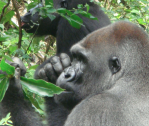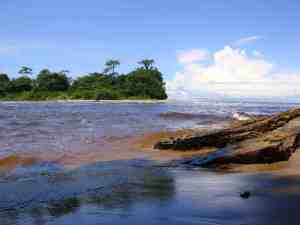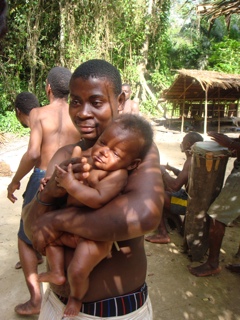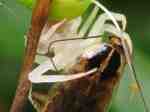 The Department of Science and Technology (DST) has the brilliantly named INnovation in Science Pursuit for Inspired REsearch programme, INSPIRE. We have, as a University, benefited from it, notably in the CIS where a number of our integrated MSc students are recipients of fellowships. As the INSPIRE-DST website puts it, the basic objective of INSPIRE would be to communicate to the youth population of the country the excitements of creative pursuit of science and attract talent to the study of science at an early stage and build the required critical human resource pool for strengthening and expanding the Science & Technology system and R&D base.
The Department of Science and Technology (DST) has the brilliantly named INnovation in Science Pursuit for Inspired REsearch programme, INSPIRE. We have, as a University, benefited from it, notably in the CIS where a number of our integrated MSc students are recipients of fellowships. As the INSPIRE-DST website puts it, the basic objective of INSPIRE would be to communicate to the youth population of the country the excitements of creative pursuit of science and attract talent to the study of science at an early stage and build the required critical human resource pool for strengthening and expanding the Science & Technology system and R&D base.
The three components of the program are
- SEATS: Scheme for Early Attraction of Talent
- SHE: Scholarship for Higher Education
- AORC: Assured Opportunity for Research Careers
and the numbers they hope to reach is impressive. One million- 10,00,000 – in SEATS, 10,000 each year in SHE, and an unspecified number of doctoral fellowships in the AORC. There has been nothing like it in the country, and one can only hope that this will make a difference.
The falling numbers in enrollment in the sciences has been a matter of concern, particularly to the Academies of Science in the country for a while. (There are 3 Academies of Science, the Indian Academy of Sciences, the Indian National Science Academy, and the National Academy of Sciences, in addition to an Academy of Engineering, one of Agriculture, and one of Medicine). The Academies have undertaken a number of measures- particularly their Summer Research Fellowships, where undergraduate students and College teachers can spend a summer in a laboratory of their choice. Nevertheless, in terms of reach, INSPIRE both aspires differently and does it differently- the numbers are larger, and the choice is greater.
 One initiative that the Indian Academy of Sciences undertook was to ask another question, why are there so few women who take up a career in science. Around 2005 they set up the Women in Science panel to look into this question, as well as into other related questions. The panel did a number of things- one being a survey that asked how many women did a Ph D but then chose not to pursue a career, and why they made that choice. Another was to establish a mentorship programme- having a number of successful women scientists talk to undergraduate women science students. A third was to bring out a set of books in which women scientists of some accomplishment spoke of their lives, what helped them, and what did not.
One initiative that the Indian Academy of Sciences undertook was to ask another question, why are there so few women who take up a career in science. Around 2005 they set up the Women in Science panel to look into this question, as well as into other related questions. The panel did a number of things- one being a survey that asked how many women did a Ph D but then chose not to pursue a career, and why they made that choice. Another was to establish a mentorship programme- having a number of successful women scientists talk to undergraduate women science students. A third was to bring out a set of books in which women scientists of some accomplishment spoke of their lives, what helped them, and what did not.
As a member of the panel, I was involved in editing the book, Lilavati’s Daughters: The Women Scientists of India that came out in 2008. And last week, a follow up to that book, The Girl’s Guide to a Life in Science (edited by Rohini Godbole, Mandakini Dubey and myself) was released at the annual meeting of the Indian Academy of Sciences in Ahmedabad. The blurb of the book, that has been published by the Academy and Zubaan Books (New Delhi) says

Inspiring, informative, ingenious…meet twenty-five of India’s most celebrated female scientists. From astrophysics to zoology, learn what it takes to make a career in science. What led them to choose their particular field? Who encouraged them? What were their struggles? What are their sources of inspiration? What are the key questions at the cutting edge of modern research? Why choose a life in science at all? From astrophysics to zoology, learn what it takes to make a career in science.
The idea in putting together these essays by and about working women scientists in India was to try to provide inspiration by having role models who were local, and who were in a sense “within reach” rather than to always try to derive inspiration from those who were at lofty Nobelian heights. And to provide reassurance to both the young women and their parents that a career in science was do-able, fulfilling, and enriching in as many ways as any other career can be.
Numbers. In the end, that is going to be our only salvation and that would be the best result of our “demographic dividend”. We need to inspire as many young people as possible to take up science as a way of life- whether they make it a career or not- if we are to seed innovation, to become self sufficient in intellectual capital. And all measures that we can take towards this path are, I guess, useful.
















